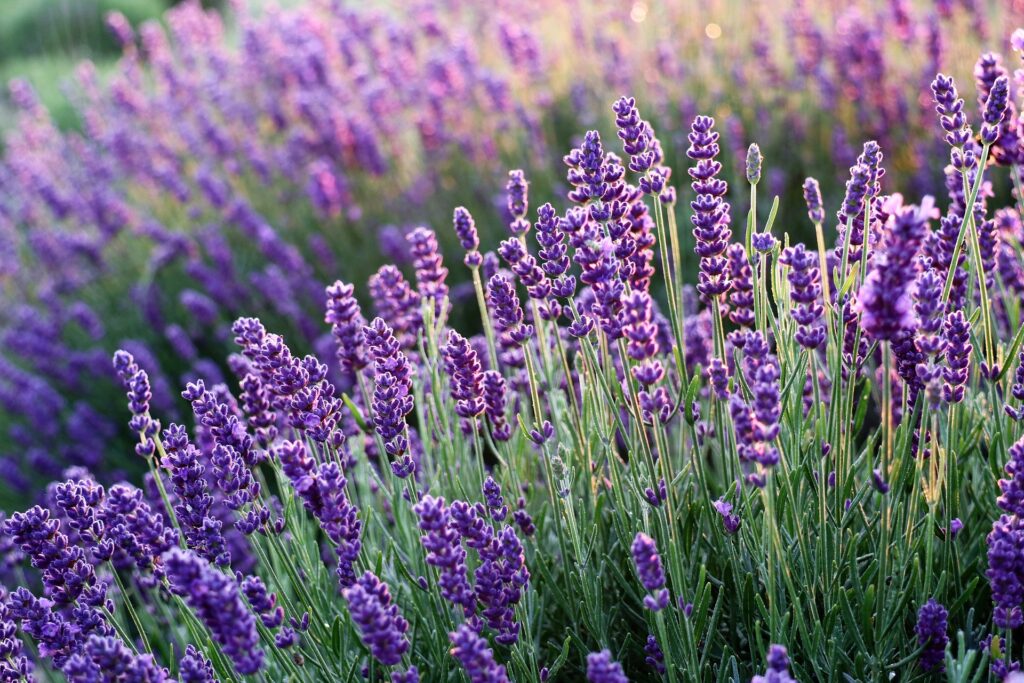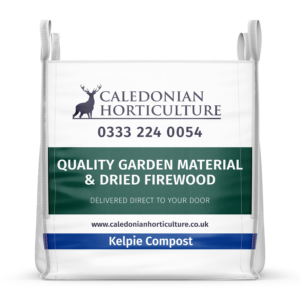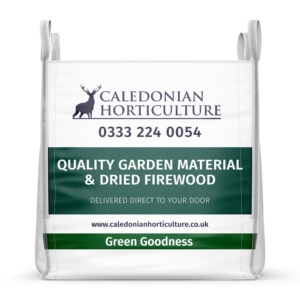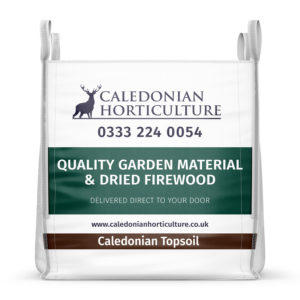Now, more than ever, it is important to include plants to help nature and wildlife in our gardens. Across the UK (and the rest of the world) we are seeing a huge reduction in the population size of many species of insects. Some of the biggest threats in the UK come from habitat loss, a lack of connectivity between habitats and feeding grounds, pesticide use, and climate change.
Insects are vitally important as pollinators, approximately 75% of crops grown for human consumption rely on pollination by insects. They are also important as a food source for hedgehogs, birds, bats, fish, and other small mammals.
Growing native and nectar rich flowers provides food for bees, butterflies, and other insects. Rewilding land or even small parts of our gardens provides crucial habitat for them, even mini habitats on balconies or windowsills can help create insect corridors across the area.
Plants to Help Nature and Wildlife:
Spring Flowers
- Primrose
- Aubretia
- Broom
- Grape Hyacinth
- Wallflower
Summer Flowers
- Knapweed
- Thyme
- Lavender
- Catmint
- Stonecrop
- Allium
Autumn Flowers
- Yarrow
- Dahlia
- Ivy
- Bramble
- Salvia
Winter Flowers
- Willow
- Snowdrop
- Crocus
- Hellebores




Butterflies
Specifically in East Lothian there are three species of butterfly which have been listed as a priority conservation species: Northern Brown Angus, Grayling, and Small Blue. There are particular species of flower that can be grown to help each species:
Common Rock Rose is the only known food source for caterpillars of the Northern Brown Angus
Fescue Flowering Grasses are an important food source of Graylings
Kidney Vetch is a favourite of the Small Blue butterfly.
More information can be found on our Butterfly Blog Post or the Butterfly Conservation website.
-
 Builder’s Bag Kelpie Compost£72.00 inc VAT
Builder’s Bag Kelpie Compost£72.00 inc VAT -
 Builder’s Bag Green Goodness£52.00 inc VAT
Builder’s Bag Green Goodness£52.00 inc VAT -
 Builder’s Bag Topsoil£68.00 inc VAT
Builder’s Bag Topsoil£68.00 inc VAT

